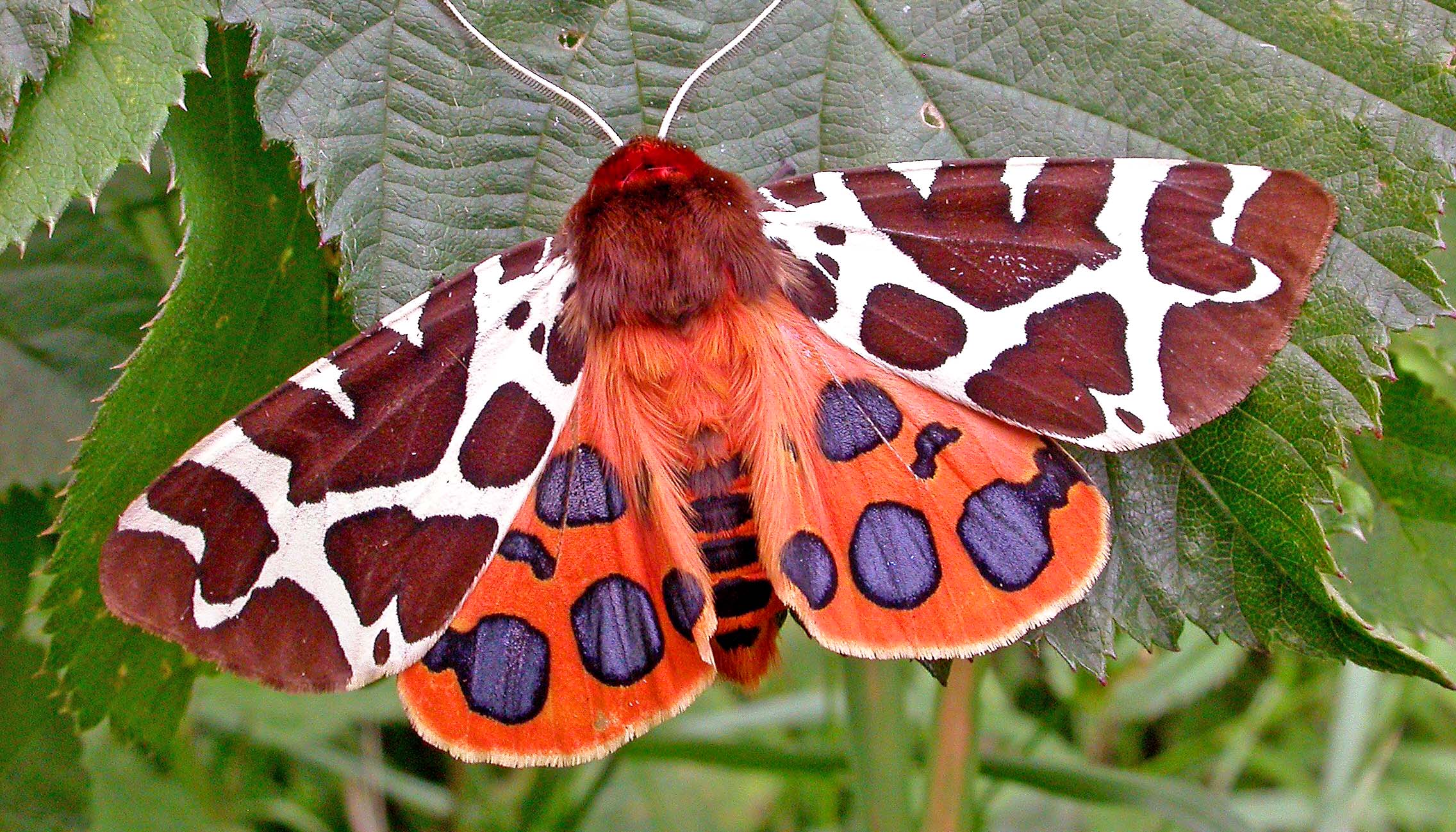By TODD GOTTULA
UNK Communications
KEARNEY – A researcher specializing in how communication signals are produced between tiger moths and bats is giving the Distinguished Lecture presented by UNK’s chapter of Sigma Xi: The Scientific Research Society.
 William E. Conner, who is Lelia and David Farr Professor of Innovation, Creativity and Entrepreneurship in the biology department at Wake Forest University, will speak at 4 p.m. March 31 at Bruner Hall of Science room 268.
William E. Conner, who is Lelia and David Farr Professor of Innovation, Creativity and Entrepreneurship in the biology department at Wake Forest University, will speak at 4 p.m. March 31 at Bruner Hall of Science room 268.
The event at the University of Nebraska at Kearney is free and open to the public. Conner’s talk is titled “Sound Strategies: Acoustic Aposematism, Mimicry, and Sonar Jamming in the Bat-Moth Arms Race.”
“Bats use high frequency sonar to find their food, and their food includes moths. We are interested in how moths avoid being eaten,” Conner said.
“When a tiger moth hears the echolocation sounds of an insectivorous bat, they answer with a series of ultrasonic clicks,” added Conner. “These ant-bat clicks serve several functions. … They can warn bats of a distasteful prey, deceive bats into thinking the prey is toxic, and even jam bat sonar.”
Conner studies the exotic tiger moths in a bat cave in the basement of a biology building at Wake Forest, where he has high-speed videos of bats and tiger moths interacting.
“Their claim to fame is they are brightly covered; they are the peacocks of the moth world. They answer bats. So when they hear the echo locations signals of bats, they click back at them,” he said.
There are three possibilities of why they react this way, Conner explained.
“One is that they are startling the bat. It’s like my dropping a book and making a really large noise and you jump,” he said. “The second idea is that they are warning the bat that they are distasteful. It’s kind of like a bright coloration in a butterfly or a poison arrow frog … but if you are communicating with a bat you can’t use colors. You use sound instead.
“The third possibility is that the moths are jamming the sonar. It’s much like warfare where we jam the radar of guided missiles so they don’t hit our fighter planes. It’s possible that the moths are jamming the sonar capabilities of the bats.”
Conner’s research includes a variety of technologies.
“My students and I combine high-speed infrared videography, 3D-video reconstruction of behavior, classic behavioral observation, analytical chemical methods, electrophysiological techniques, and cladistic analyses to explore communication systems that are often beyond our own sensory capabilities.”
The presentation is sponsored by the UNK chapter of Sigma Xi: the Scientific Research Society, the Vice Chancellor for Academic Affairs, the Dean of Graduate Studies and Research, the Dean of Natural and Social Sciences, and the Faculty Senate Artists and Lectures Committee.
-30-
Source: Bill Wozniak, 308.865.8242, wozniakw@unk.edu
Writer: Todd Gottula, 308.865.8454, gottulatm@unk.edu

I find how communication signals between tiger moths and bats rather interesting and we should do alt more research and studying these great creatures.
Hi, I am a collector of butterflies and starting recently with moths.. I am fascinated to learn more about the varieties to be found.
I am curious if you can direct me to find specimens of brahmin moths.
thank you
Dr James Marino